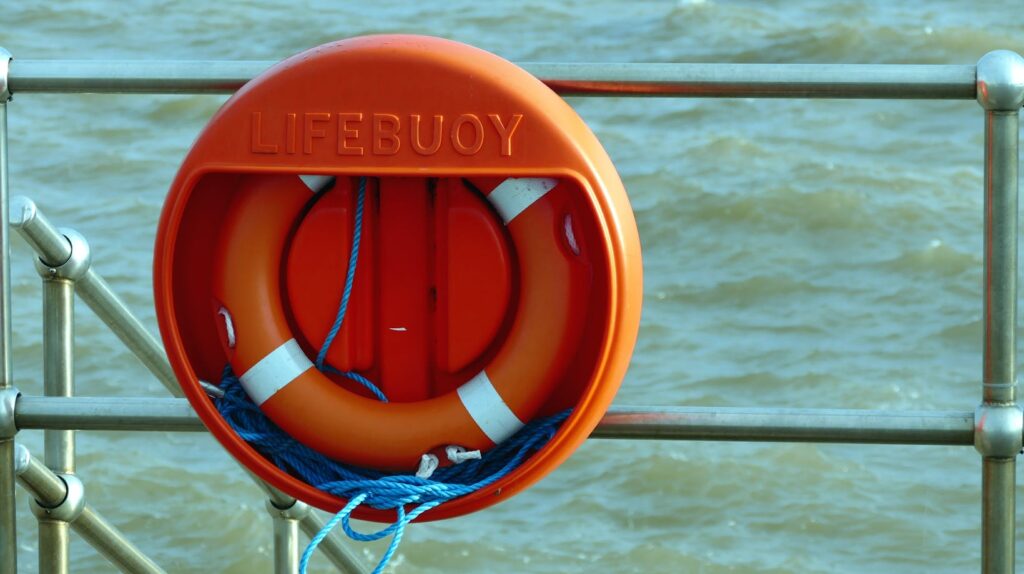When it comes to water safety, there is no substitute for education and vigilance. As the gentle waves lap against the shore, they beckon children with their endless mysteries and adventures. However, these inviting waters can also pose risks, making it crucial for our young ones to learn about water safety. Teaching kids about water safety is not just about rules and regulations; it’s about instilling a sense of respect for the water through engaging activities and valuable lessons from seasoned lifesavers.
Table of Contents
ToggleIn this endeavor, community involvement plays a pivotal role. Community fundraising initiatives can provide the necessary resources for lifesaving clubs to offer educational programs, ensuring that children learn these vital skills in a supportive and comprehensive environment. Such collective efforts not only raise awareness but also foster a culture of safety that benefits the entire community.
The Importance of Water Safety Education
Water safety education is about equipping children with the knowledge and skills they need to enjoy water-based activities while minimizing risks. It’s about teaching them to identify potential dangers, understand the power of water currents, and know how to respond in an emergency. This education is vital, not only for personal safety but also for developing a community that looks out for one another.
Engaging Water Safety Activities for Kids
Learning about water safety can be both fun and educational. Activities such as role-playing games, where children act out different scenarios, can be a practical and engaging way to learn. For example, kids can take turns being the ‘lifeguard‘ and spotting dangers in a controlled environment, teaching them to be vigilant and aware.
Interactive workshops hosted by lifesavers give children firsthand experience and insights into the world of water rescue. They can learn how to use lifesaving equipment, understand the meaning behind safety flags at the beach, and even practice rescue techniques in a pool setting.
Lifesavers as Role Models
Lifesavers play a crucial role in water safety education. They are the heroes on the front lines, often volunteering their time to teach kids about the dangers of water and how to stay safe.

Their stories and experiences are invaluable tools in capturing the attention and imagination of children, making the lessons more relatable and impactful.
The Role of Parents and Guardians in Water Safety
Parents and guardians are the first line of defense when it comes to water safety. It’s essential for them to be proactive in teaching their children how to be safe around water. This can be as simple as setting a good example by wearing life jackets, swimming in designated areas, and always supervising children near water.
Building a Water-Safe Community
A water-safe community is built on the pillars of education, vigilance, and preparedness. Community fundraising for water safety programs is a testament to a community’s commitment to these principles. Funds raised can go towards purchasing safety equipment, supporting volunteer lifesavers, and providing scholarships for children to attend lifesaving courses.
Teaching kids about water safety is a crucial investment in the future of our communities. By engaging in fun and educational activities, learning from the experience of lifesavers, and fostering a culture of safety, we are not only protecting our children but also empowering them. They become advocates for water safety themselves, passing on the lessons they’ve learned to their peers and, eventually, to their own children.
Through community fundraising and active participation, we ensure that water safety education is accessible to all children, creating a ripple effect that can save lives. So let’s dive into the world of water safety education, where every lesson learned is a potential life saved, and every child educated is another guardian of the waves.












